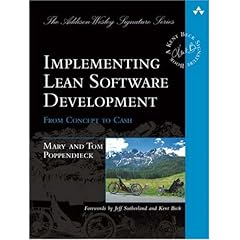We as product managers (should) have a platonistic ideal of what our product should be in its perfect, final state. This ideal is what drives us to improve our product and guides us in choosing which improvements to make first. The problem is that our ideal actually exists in Plato's Material World; that is to say, what we consider to be the perfect conception of our product is actually a shadow of what our product should really be if we were able to glimpse it as it exists in Plato's Real World.
The question then becomes: how do we steal that glimpse? Obviously we need to know what our product should be in order to improve on what it currently is; but who or what will allow us to gain that knowledge?
Only our customers are able to glimpse our product as it exists in Plato's Real World.
As our customers use our product, they have these flashes; these glimpses of the good and the bad of our product. They know, instinctively, what they want from our product; and they know where our product is exceeding, meeting or failing to meet their expectations. There is a problem, though: out customers are not able to communicate to us what they saw in the Real World. What our customers tell us when we ask them the questions "What do you think of this feature?" or "How would you change this product to make it ideal for you?" still exists in the Material World.
We are a step closer to learning about te Real World -- we know "who" will help us learn about our ideal product; but how can we steal our glimpse if our customers are unable to describe what they saw in the Real World without their explanation being corrupted by the Material World?
The only way to truly see how our product exists in its ideal form in the Real World is by capturing customer data while they are interacting with our product; not before; not after.
It is only during this magical moment when our users use our product that they are able to bridge the gap and give us a glimpse into how our product exists in the Real World. It's like a dream where, upon waking, it is hard to distinguish between what happened in the dream and what is real. They may truly believe something about your product, but until you have hard data from usage, you cannot really know.
This intuitively makes sense, doesn't it?
- Don't ask users if they would use a feature: see if they use it!
- Don't ask them if the placement of a call to action is effective: see if users are converting.
- Do ask them what they think they think the product is missing, but don't take that to mean that they will actually value the feature once it is implemented.
So here is to us listening to our customers -- please, listen to your customers -- but keeping in mind that both we and our customers are stuck trying to perceive the ideal product from the Material World perspective. And here is to us observing our customers using our product in order to steal that elusive glimpse into the Real World which allows us to see how our product exists in its ideal state.

